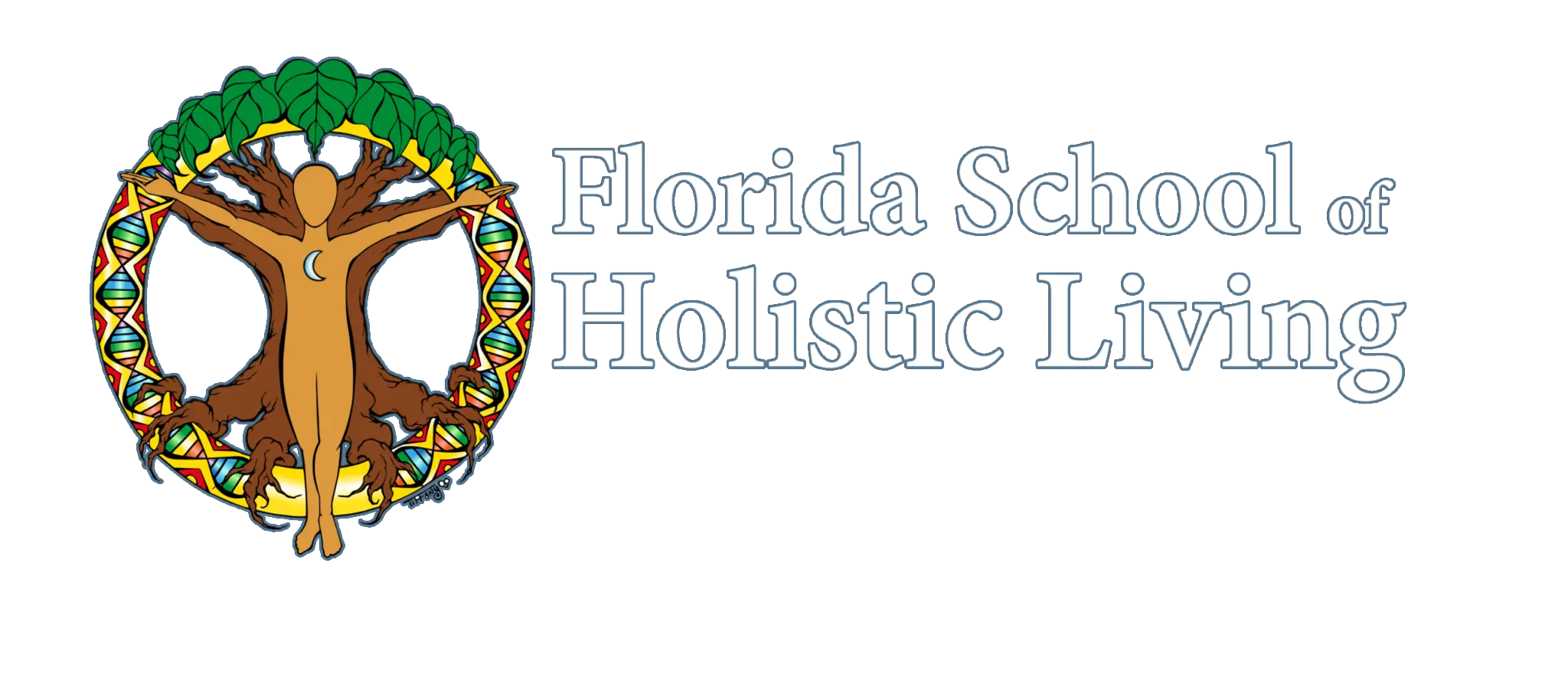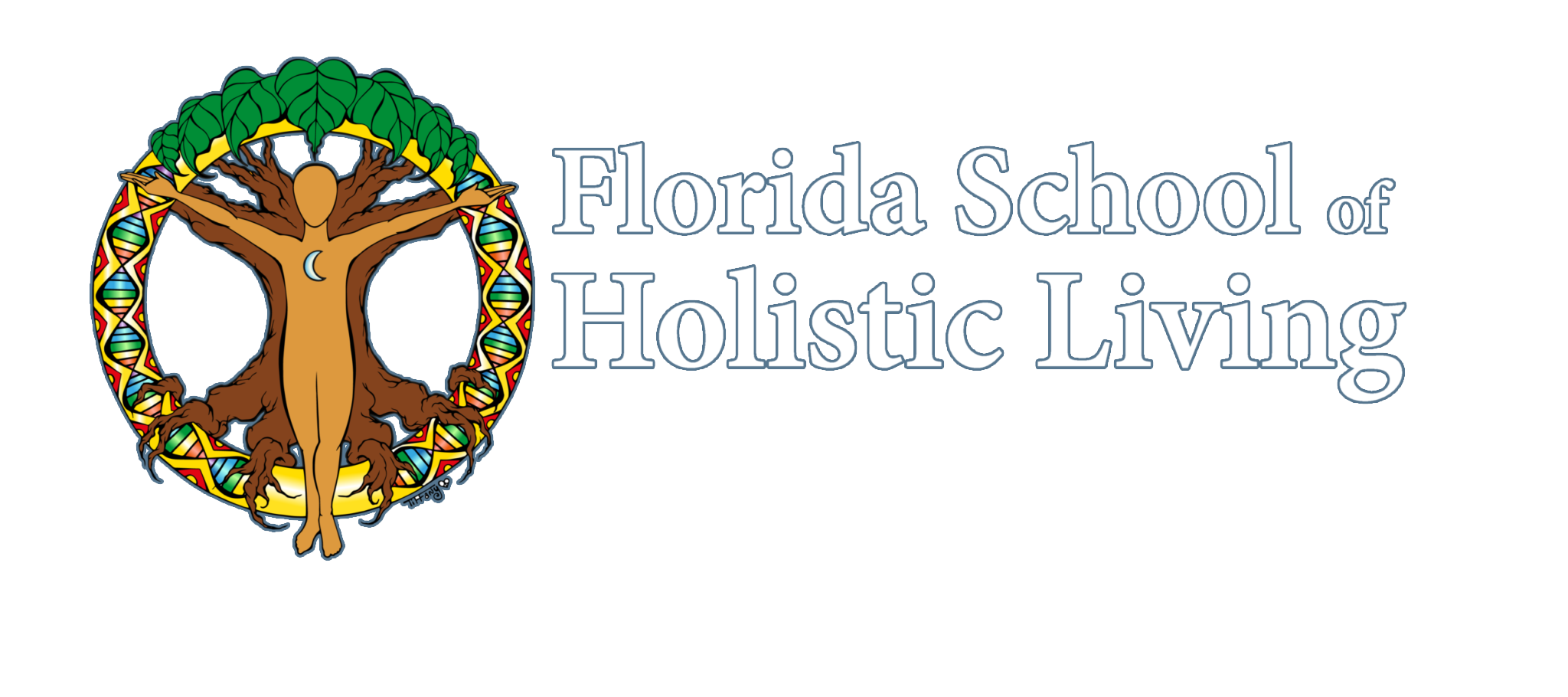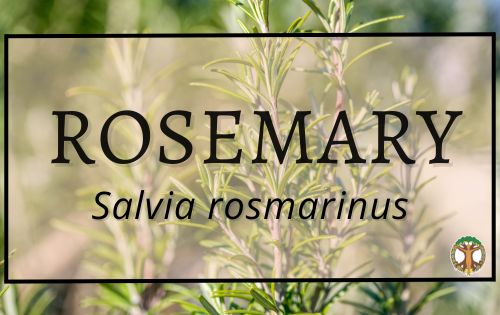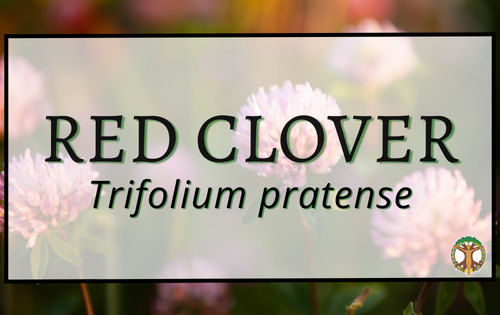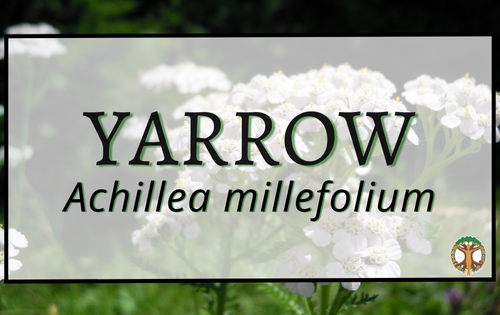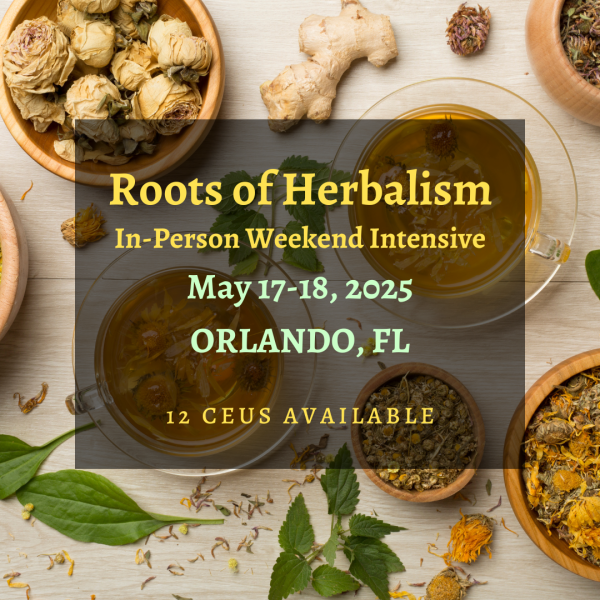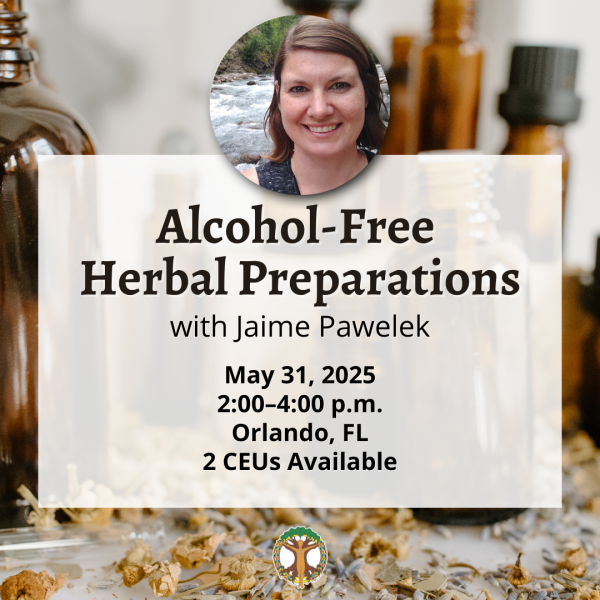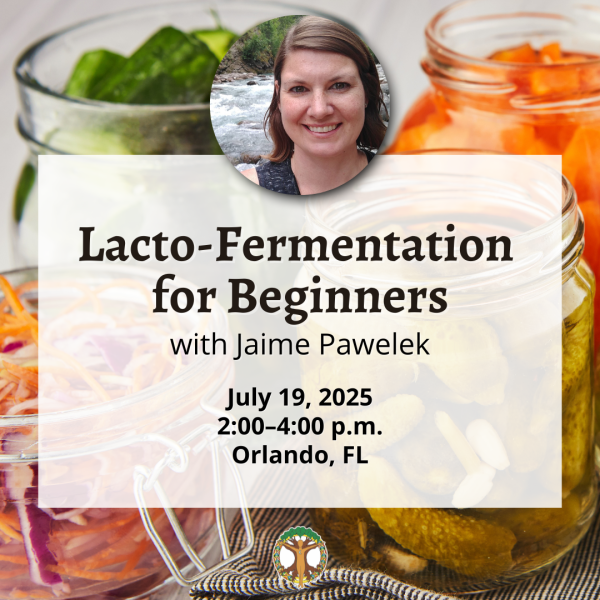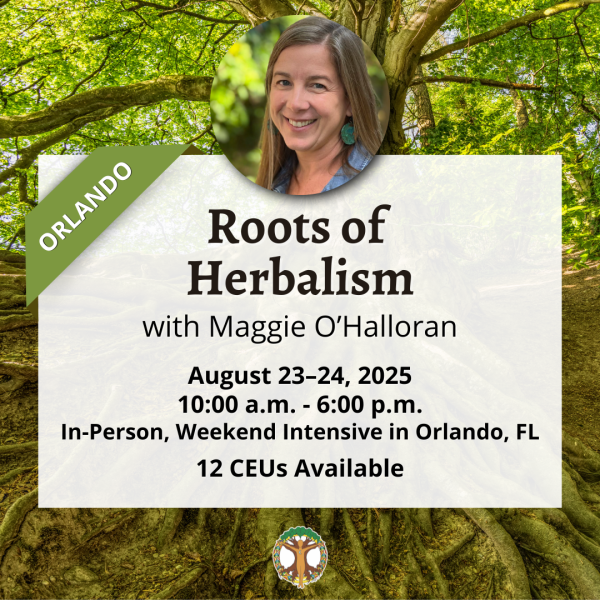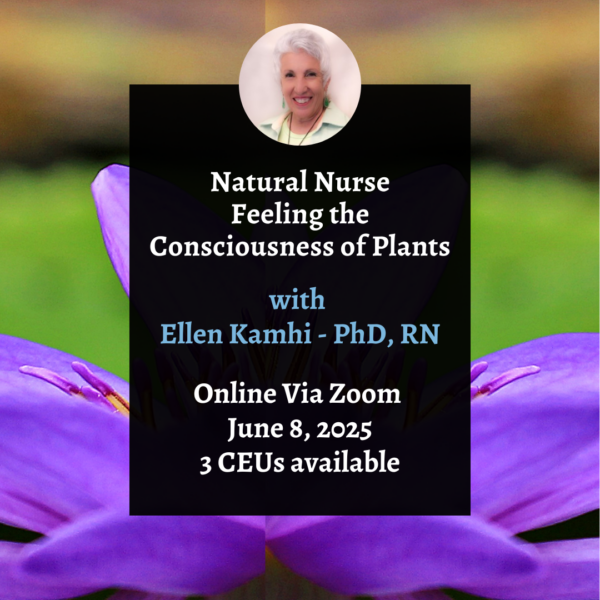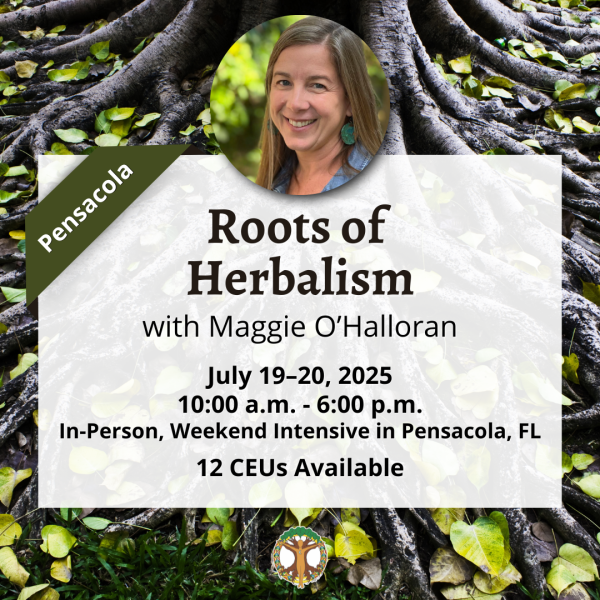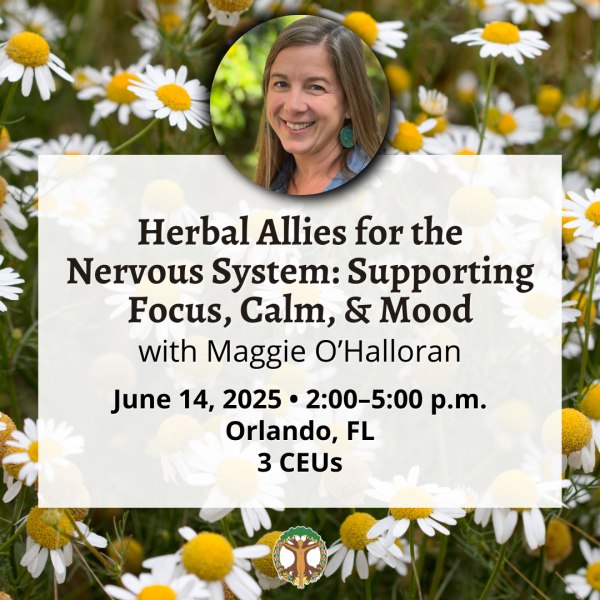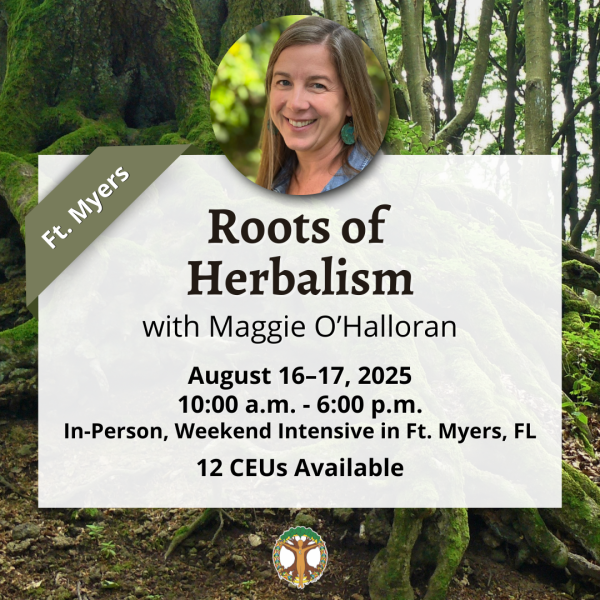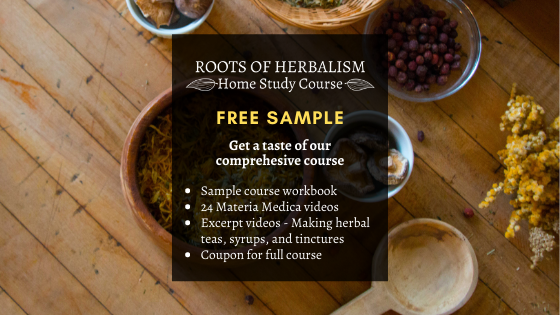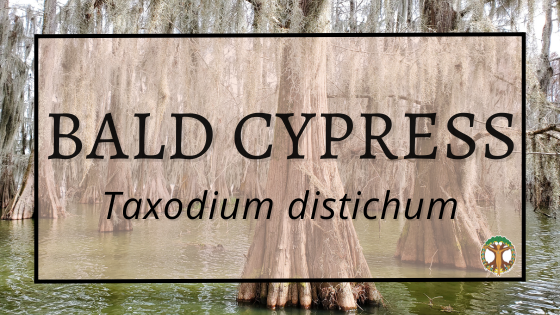
Bald Cypress
Latin Name: Taxodium distichum
Common Names: Bald cypress, swamp cypress, white cypress, tidewater red cypress, gulf cypress, red cypress, pecky cypress, pine barren cypress
Family: Cupressaceae
Habitat: Our local Taxodium, the Bald Cypress, is one really cool tree! Taxodium distichum is our local Bald Cypress, and it’s a deciduous conifer. A conifer is usually (not in this case!) evergreen, and has cones as their reproductive parts instead of a flower- a gymnosperm instead of angiosperm. Marc Williams, of Botany Everyday, does a wonderful job of speaking of these glorious trees in the context of their taxonomy. Deciduous trees drop their leaves in the winter, which is a pretty rare thing for a conifer to do!
Bald cypress are found in swampy areas of the southeastern US as well as areas surrounding lakes and rivers and inundated areas with flowing water. They can grow 50-70 feet tall and are very long lived, some for hundreds of years. Younger trees have a reddish brown bark that peels off in strips. As the tree ages the base of the tree becomes more enlarged and buttressed, and if grown in a wet area will form cypress “knees” or knobby protrusions sticking up from the ground. The knees may help with gas exchange or help with stabilization for the tree in very wet environments. When grown in drier environments, bald cypress tend not to form the above ground knees. The soft feathery, needle-like foliage has an alternate leaf arrangement and turns a reddish orange in fall time before dropping off the tree, making it deciduous. The female cones are globular and evenly round going from green to brown as they age. The largest stand of old growth bald cypress can be found in Naples, FL in the Corkscrew Swamp Sanctuary. The oldest known Taxodium distichum is in North Carolina and is over 1,600 years old!
Parts Used: resin, bark, knee scrapings
History/Tradition: The book, Florida Ethnobotany, describes a few different medicinal uses of bald cypress by various first nation peoples. The Houma people use the scrapings from the cypress knees mixed with whiskey to purify the blood as well as using the inner bark to cure jaundice. In Mexico, during pre-conquest times, resin was used to treat wounds, ulcers, skin diseases, toothache and gout, and the bark was used as an emmenagogue and diuretic.
Big Tree Park in Longwood, FL was home to one of the oldest bald cypress trees, “The Senator” until it burned in 2012 after having lost its top in a hurricane during the 1920’s.
Actions: emmenagogue, diuretic, anti-inflammatory
Other Uses: Mature trees have rot-resistant heart wood, which is used for making into fence posts, doors, flooring, caskets and other items including docks, warehouses, factories and bridges. The Chocktaw people used bald cypress bark to make cords, and the Miccosukee used the wood for “houses, canoes, dance posts, coffin logs, medicine bowls, spoons, food paddles, in tanning skins, to make arrowheads, drums, ox yokes and bows, heddles, mortars and pestles, and ball poles, spoon ball sticks, and dolls” (Austin 2004).
Written by Jaime Pawelek
References:
https://plants.ces.ncsu.edu/plants/taxodium-distichum/
https://en.wikipedia.org/wiki/Taxodium_distichum
Florida Ethnobotany by Daniel F. Austin. 2004, CRC Press.
https://libraryexhibits.uvm.edu/omeka/exhibits/show/uvmtrees/bald-cypress-intro/uses-bald-cypress
https://www.stetson.edu/other/gillespie-museum/media/Florida%20Ethnobotany%20combo.pdf

